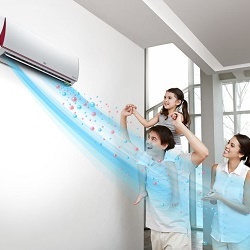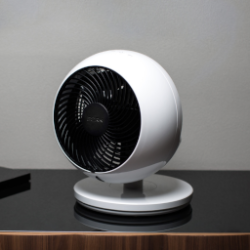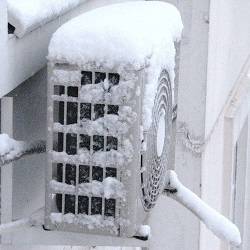Self disassembly of the boiler
Such a common household appliance, like a boiler, has a simple internal device. This greatly facilitates the cleaning procedure and other repairs. Even an ordinary person without special technical knowledge is able to understand how to disassemble a boiler at home.
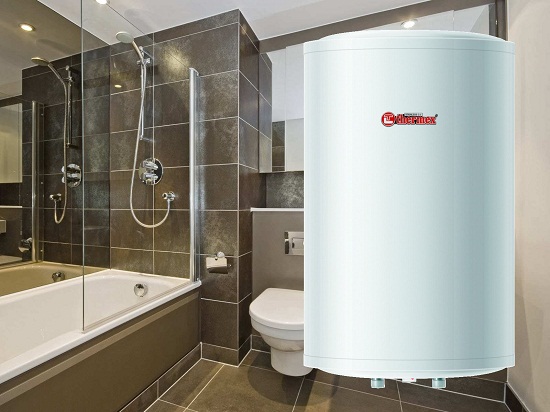
Content
How to drain water from a water heater
Before dismantling the water heater, it is necessary to drain the storage tank - drain the remaining water in the water heater. Usually two connections are connected to the device:
- fluid withdrawal system;
- system of liquid intake from the water mains.
Drainage can be done in several ways.
Standard method
This method is given in the instruction manual of the device. You will need to use teewhich is located next to the valve and nozzles of the system. Drainage is carried out by blocking the water inlet nozzle. The remains of the already stored liquid is drained through the mixer.
The described method is relevant for the models of the past generation, modern devices are often not equipped with a tee.
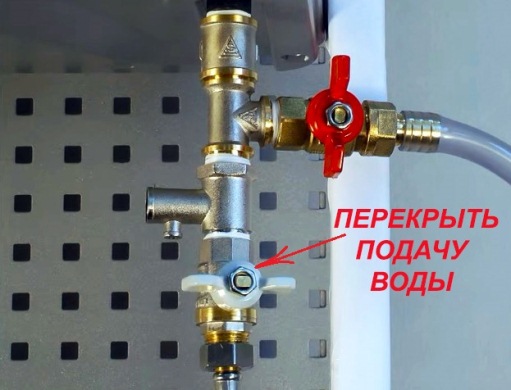
With the help of the lever (trigger)
The device located on the protective valve will help to quickly get rid of accumulated water. All that needs to be done is simply to bend the lever and the boiler will drain. It is worth noting that the procedure performed with the help of a trigger can be delayed for a long time. Significantly speed up the process will help hose connection. Attaching it to the spout, you will greatly facilitate the outflow of water, but the water will still leave within two hours.
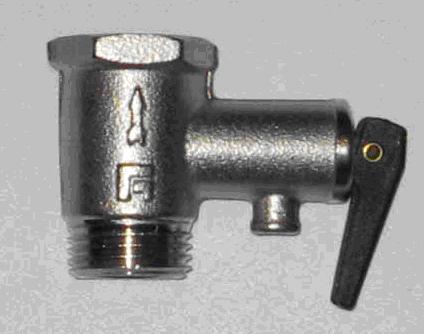
Alternative method
If the device does not have any of the listed devices, you will have to resort to a more complicated method. For this you need unscrew the check valve counterclock-wise.The pressure of the draining water will be very strong, no need to panic because of this, prepare a suitable container and clothes that you do not feel sorry for wet. To protect the premises from water, experts recommend using a durable hose, the length of which will be enough to lead to the bathroom or toilet.
If the water does not flow after unscrewing the valve, this means that the hot water supply is shut off. At the same time, the flow of air is also blocked, without which the discharge of the drain is impossible. Only at the end of this procedure, you can proceed to further disassembly of the boiler.
Features disassembly of various water heaters
Preparing to disassemble the boiler, determine which species it belongs to. This is an important point, because, depending on the type of device, its design has its own characteristics. Modern home appliances are divided into:
- heating boiler;
- economical water heaters;
- medium-class water heater;
- boilers equipped with a flat tank.
Prepare a suitable tool in advance so as not to be distracted from work in search of him. You may need: keys, several empty containers, durable hose, interchangeable consumables - anode,gaskets, sealant.
Water heater with heating elements
An example of such a device could be the Atmor water heater (Atmor). This is one of the cheapest varieties of water-heating equipment, equipped with factory heating elements fixed with nuts. This type of device has no external regulators. A characteristic feature of this unit is considered to be built hex flangespinning the key on fifty five.
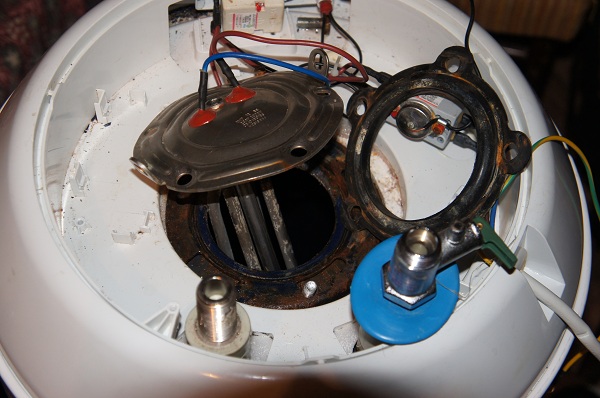
TEN on a hexagonal flange
The water heater has gained popularity among apartment owners or small private houses. The boiler allows you to connect several mixers, supplying several rooms with hot water.
For consistent disassembly of the unit it is necessary to carry out the following steps.
- The standard procedure for de-energizing the device - any manipulations with electrical devices can be carried out only after the power is turned off. Then drain the remaining fluid and remove the check valve. To facilitate subsequent operations, unscrew the check valve. The described actions are relevant for all types of heaters.
- Next, carefully remove the upper part - the cover of the tank.The manufacturer often fastens it with special screws located near the nozzles.
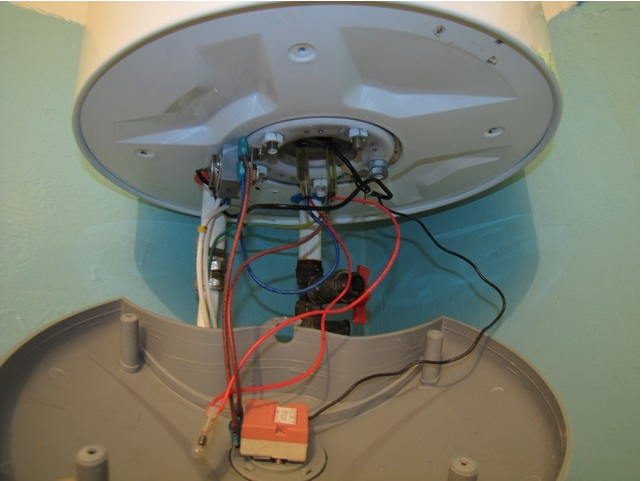
- Remove the thermostat carefully.
- Do not forget to prepare an empty container for residues of dirty water, which can suddenly spill out of the internal parts of the device.
- After that it is necessary unwind the flange - do it with a key, counterclockwise. If the device has been in operation for a long time, dirt and scum may accumulate on the parts; they must be carefully removed with a plastic knife. You can also use a wooden tool, most importantly, do not damage the flange. Upon completion of the procedure, the part is carefully removed and set aside.
- Before disassembling the heater, it is necessary to remove deposits on the bends of the heater. After that, it is carefully removed from the groove, slightly swaying in different directions.
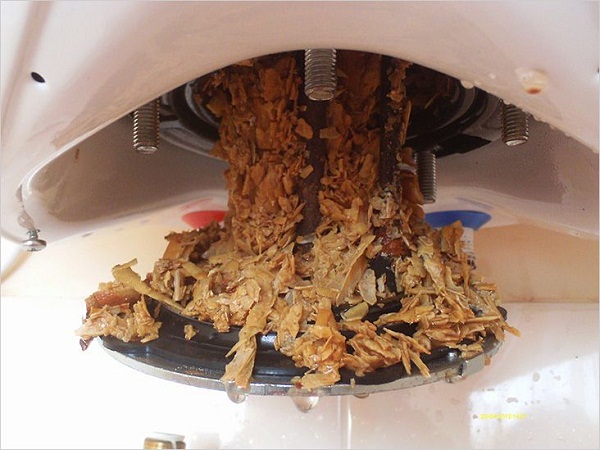
Economical water heater
Disassembling an economical boiler can take some time. Such heaters have the shape of an ovalthat introduces certain difficulties in their disassembly. To carry out such a procedure, it is necessary after the standard dewatering of the tank to do the following:
- Not far from the supply and collection hoses, there are two screws that need to be unscrewed to remove the top cover of the barrel;
- to remove the temperature sensor, pull it down clearly and quickly;
- after that, nothing prevents you from doing the flange, which is held on the body plate with a special nut;
- remove the nut and slowly pull out the flange.
Medium class water heater
This type of heaters refers to the average price segment, which indicates the high quality of their components. In most cases, the manufacturer supplies the device with a flange attached to the neck of the device by six bolts.
Disassembling the unit involves the following steps.
- Standard procedure for de-energizing the instrument and draining the instrument, removing the check valve.
- To dismount the top cover, you need to unscrew the screws, the location of which depends on the model.
- In the next step, the temperature sensor is removed. It can be connected with the heating element by wires or fixed on its surface.
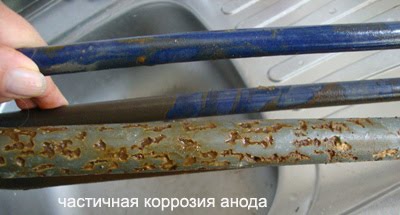
At this disassembly procedure is completed. Thoroughly wash the inner walls of the tank, remove scale and deposits. Check out anode state and replace it with a new one if necessary.Examine the condition of the wires, connections and connections. Everything must be complete and sealed. Seal suspicious areas with a sealant: such a precaution will avoid leaks.
Flat tank boiler
The procedure for disassembling a device of this type is slightly different from that described above. Design features make their adjustments and add new actions. After draining the water, perform the following operations.
- Using the wrench, remove the cap-nut.
- Disconnect the plastic protection elements.
- To remove the plastic cover, you need to remove the decorative cap, and then unscrew the mounting bolt.
- After that, the bottom panel is gently removed, hiding the electronic filling of the water heater. Experts recommend capturing a fully assembled circuit so as not to get tangled in the wires during reassembly. You can make a diagram of the connected parts by signing the order of their dismantling.
- The next step is to turn off control board and thermal protection. To do this, you need to loosen all the nuts and remove the fastening screws, as well as remove the ground brackets.Remember that all electronics deteriorate from the ingress of water, all boards disassembled boiler should be stored in a dry place.
- Disconnect the external board connector.
- To remove the heater to unscrew the flange nuts.
At this disassembly procedure ends, the inner part of the flat tank is cleaned of contamination and produce all the actions in the reverse order.
Water heater dismantled for cleaning or repair, however, regular inspections of internal parts will also not be superfluous.

/rating_off.png)







